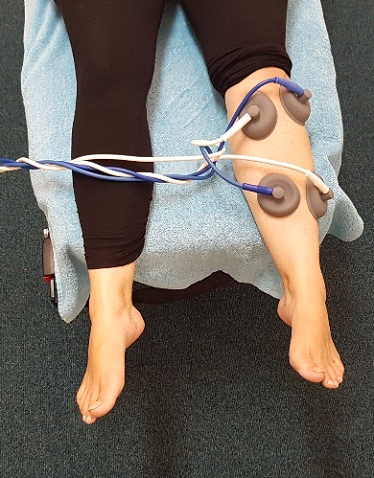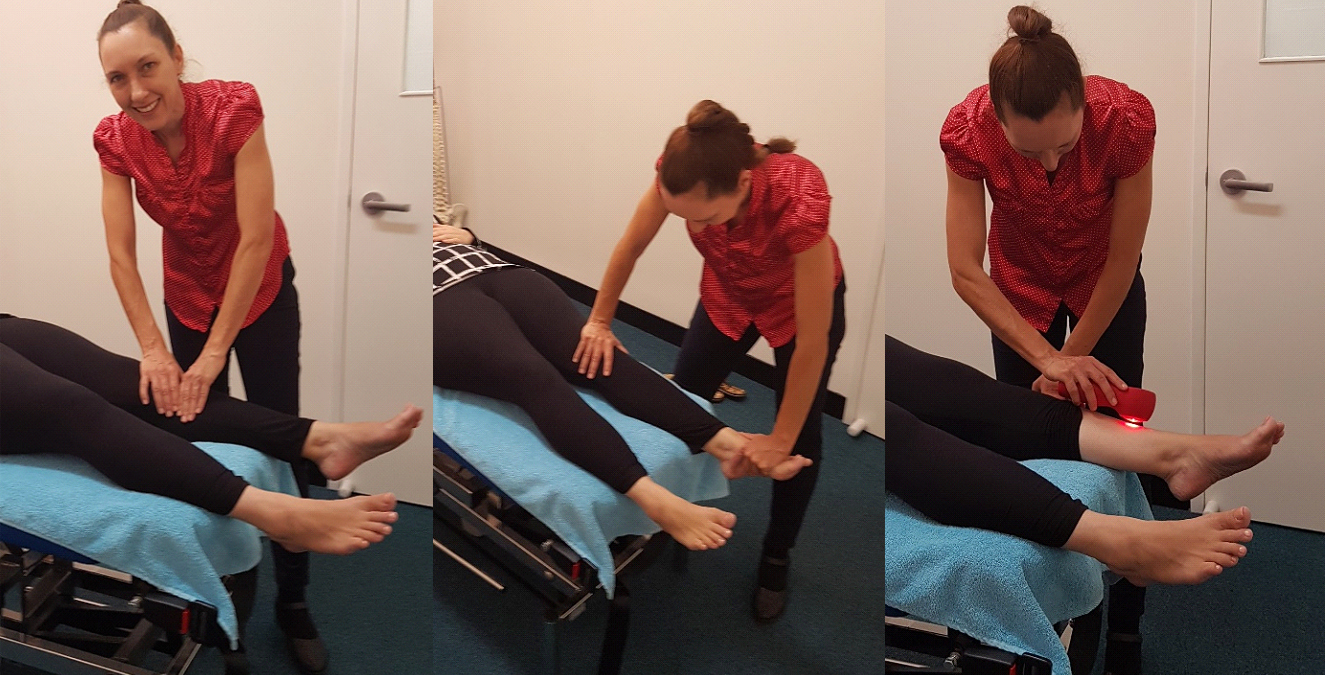Stress fracture’s result from repeated force application, rather than “normal” fractures that occur from a specific incident. Stress fractures can be a partial or complete bone fracture, which tend to occur in the lower limbs.
Stress fractures occur when the muscles fatigue and do not absorb excess force. The excess force and load then gets transferred to the bone. Stress fractures can occur after either an increasing amount or intensity of activity too quickly. A change of surface such a harder surface can increase the likelihood of a stress fracture.
The most common sites of lower limb stress fractures:
- Tibia (shin bone)
- Neck of femur (top thigh bone/ hip)
- Metatarsal (foot)
- Navicular (mid-foot)
Track and field athletes have the highest incidence of stress fractures, most commonly seen in the tibia, fibula, and metacarpals. The sites vary from sports where distance runners- tibia / fibula, dancers- metatarsals, and military the calcaneus, metatarsals.
What are the symptoms of stress fractures?
The pain appears during activity and will decrease with rest.
Early diagnosis is key!
 Stress fractures are not always able to be seen on plain film x-ray and can take up to weeks after the pain to present on this form of imaging. MRI provides the best form of diagnosis with highly sensitive and specific evaluation for bone marrow oedema, periosteal reaction (bone on bone growth), and is able to detect subtle fracture lines.
Stress fractures are not always able to be seen on plain film x-ray and can take up to weeks after the pain to present on this form of imaging. MRI provides the best form of diagnosis with highly sensitive and specific evaluation for bone marrow oedema, periosteal reaction (bone on bone growth), and is able to detect subtle fracture lines.
How to prevent stress fractures? When participating in sports, set goals that are not excessive, ease your way into the load. A healthy diet rich in calcium and vitamin D. Appropriate shoes that are not too stiff or too flexible. Alter training loads, do not just run for prolonged periods, or alternate days of running, including strength and mobility training. Be aware of any pain or swelling and rest.
Treatment for stress fractures: rest is key! Stress fractures can take 6-8weeks to recover so it is important to participate in exercises that are pain free during this period. If rest is neglected, the process is prolonged and the individual’s stress fracture will be harder to heal. Whilst resting it is important to seek care for passive treatment and to monitor the progression.
If you feel you may have a stress fracture or any concerns, please come see our friendly chiropractors at Lakeside Chiropractic. Our sports chiropractors will be able to assess the pain and provide appropriate care. A multimodal approach will be used to treat a stress fracture, depending on the individual’s needs. Here at Lakeside Chiropractic our treatment can include soft tissue therapy, rehabilitative exercises, dry needling, mobilisations, electrotherapies, taping and manipulative therapy.

Lakeside Chiropractic is located central to the northern suburbs of Perth, Joondalup 6027. Surrounding suburbs include; Currambine, Burns Beach, Hillarys, Kallaroo, Padbury, Craigie, Edgewater, Tapping, Carramar, Banksia Grove, Jindalee. You can call Lakeside Chiropractic on 9300 0095 to make an appointment or book online at www.lakesidechiro.com.au. We accept all major health insurances and provide HICAPS with SGIO, BUPA, AHM, HBF, HIF, and Medibank. If your private health care isn’t listed please ask the reception upon making your booking.



